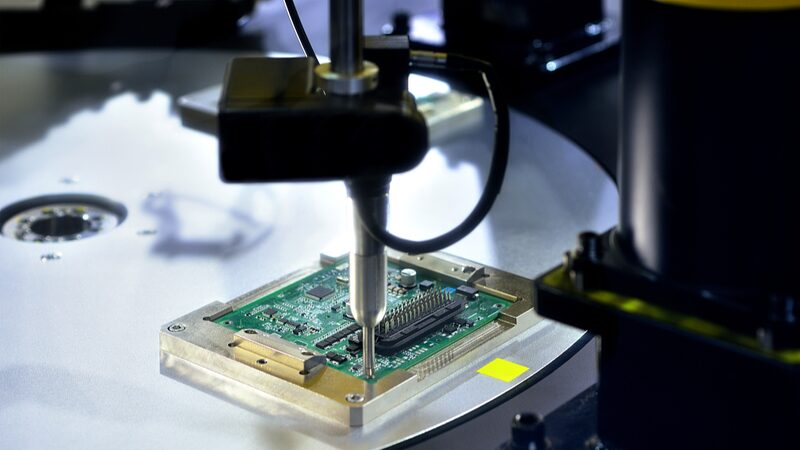Recent incidents involving communication devices in Lebanon have shed light on alarming security vulnerabilities within our global electronic supply chain. These are not mere malfunctions; the scale and precision of certain failures suggest deliberate interference. It’s unsettling to consider that devices we rely on daily could be manipulated in such a coordinated manner.
The Complexity Behind Our Devices
The relentless pursuit of more advanced and affordable electronic products has led to unprecedented levels of outsourcing in the hardware supply chain. Managing the complexity of development and design processes while maintaining a rapid time-to-market has become a monumental task.
Take the A17 Pro semiconductor chip powering the latest smartphones as an example. With over 16 billion transistors—more than double the Earth’s population—the complexity of such technology is staggering. Companies across Asia and the globe are pushing the boundaries of innovation, but at what cost?
Strategies Driving Outsourcing
To keep pace, electronics designers have adopted strategies such as automation, reuse, and abstraction. Automation streamlines design tasks, utilizing hardware description languages and Electronic Design Automation (EDA) tools to speed up development and reduce human error. Reuse involves incorporating standard design blocks, accelerating the process and ensuring reliability. Abstraction allows the design process to be divided into specialized stages, enhancing efficiency.
While these approaches have led to remarkable advancements, they’ve also resulted in extensive outsourcing. From intellectual properties to design tools, engineering skills, and fabrication processes, the production of electronic systems has become a multinational enterprise where no single entity has full control.
The Emerging Threats
This evolution has introduced serious challenges. Intellectual property piracy is on the rise, with design secrets and proprietary technologies being stolen. Counterfeiting has become a significant issue, involving unauthorized production or alteration of semiconductor components.
More concerning are new forms of attacks like hardware Trojans—malicious components inserted into systems to sabotage functionality. These hidden threats compromise the integrity of electronic devices, potentially leading to widespread security breaches affecting businesses and consumers alike.
Protecting Our Future
As Asia continues to play a pivotal role in the global electronics industry, understanding and addressing these vulnerabilities is crucial. Stakeholders must collaborate to enhance supply chain security, develop robust countermeasures against piracy and counterfeiting, and foster innovation without compromising safety.
Awareness is the first step toward safeguarding our electronic future. By shining a light on these hidden threats, we can work together to build a more secure and resilient supply chain for generations to come.
Reference(s):
cgtn.com








